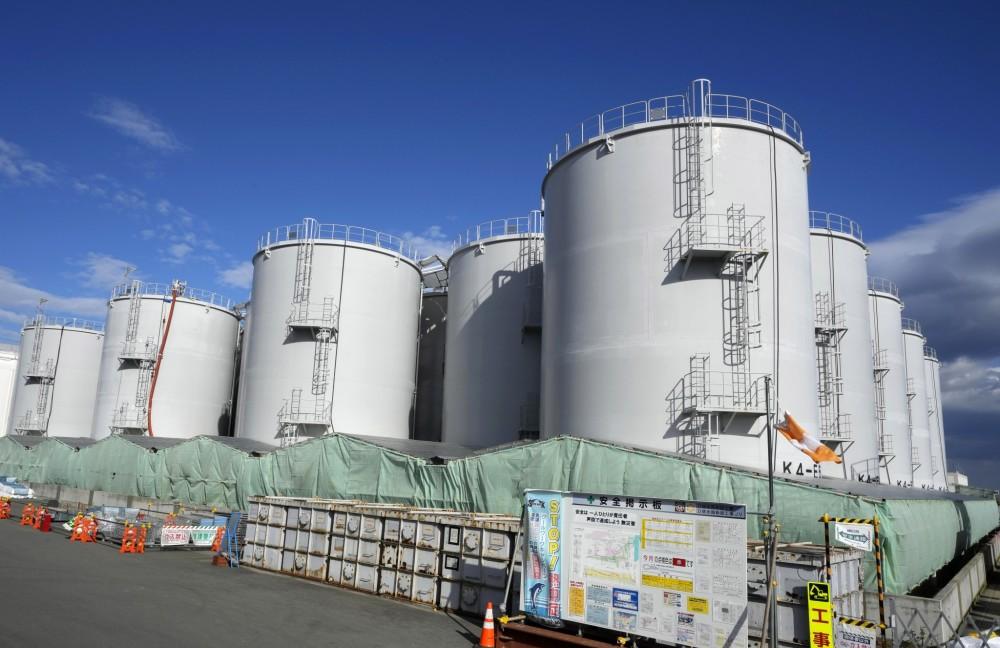
A large amount of residue was found at the bottom of the vessel of Unit 1 of the Fukushima Daiichi Nuclear Power Plant. Surging visual diagram
Since February 8 local time, Japan's Tokyo Electric Power Company has begun to investigate the interior of the reactor containment vessel of Unit 1 of the Fukushima Daiichi Nuclear Power Plant. In the investigation, TEPCO will use underwater robots to collect information about the build-up at the bottom of the containment and the molten nuclear fuel (i.e., fuel debris) below it. This is the first related survey since March 2017.
According to Kyodo News Agency reported on February 9, according to the footage captured by the camera mounted by the robot, the bottom of the containment is uneven, and it is suspected that there is a large amount of debris accumulated, and it is not yet possible to determine whether it contains nuclear fuel fragments. The relevant person in charge of TEPCO said that it will continue to investigate these suspected accumulations.
The report pointed out that TEPCO installed a metal "guide ring" used as a robot channel on the wall of the containment on the 8th. From February 8 to 10, TEPCO will install "guide rings" in four places inside the containment shell to avoid the subsequent robot cables actually responsible for the investigation from hanging objects inside the reactor. The survey uses multiple robots that will collect piles for analysis in addition to photographing the inside of the containment, detecting fuel debris and determining the thickness of the build-up. During the final investigation phase, the robot will also enter directly below the reactor's pressure vessel to try to photograph its interior and measure the amount of radiation.
The survey was originally scheduled to start on January 12 this year and end at the end of August this year. However, due to a failure in the preparation work, it has been postponed, and TEPCO is currently rearranging the relevant schedule. The Japan Broadcasting Association (NHK) previously reported that TEPCO said in January this year that due to the failure of the machine winding the robot cable, electromagnetic waves affected the system transmitting radiation data, making it difficult for the robot's built-in nuclear radiation meter to accurately display the value. In addition to this, among the multiple cameras carried by the robot, there is one that does not display the time normally. Therefore, TEPCO said at the time that the investigation was suspended for security reasons. Due to the very high radiation inside the containment of Unit 1, TEPCO could only investigate by dropping robots to remove the residues such as nuclear fuel melted out of the reactor core in Unit 1.
On March 11, 2011, a magnitude 9.0 earthquake occurred in the waters off northeast of Japan and caused a special tsunami, which was affected by both earthquakes and tsunamis, and a large amount of radioactive materials leaked from the Fukushima Daiichi Nuclear Power Plant, resulting in a serious nuclear accident.